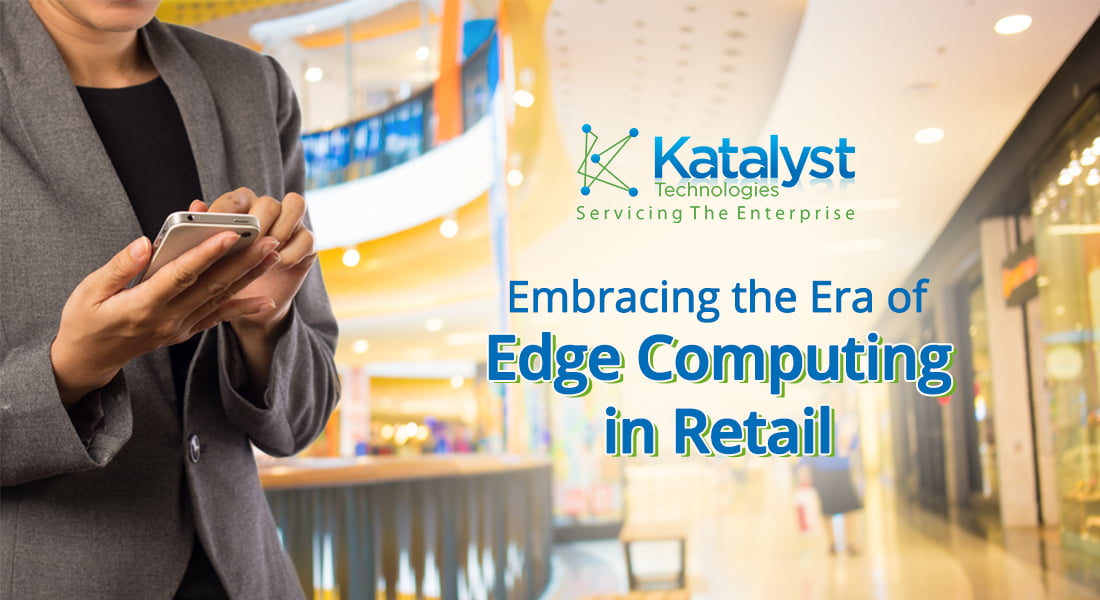
Embracing the Era of Edge Computing in Retail
Retailers everywhere are embracing the era of edge computing! Are you? If not, you’ll want to read on to discover why it’s a must, and more importantly, how you can take a step towards the Edge Computing in Retail.
Throughout the past few years, a decentralized data process called edge computing has made its mark on the retail industry. This computing paradigm collects and analyzes data much closer to the data source – resulting in improved operational processes, better customer experiences, and even increased sales in-store.
Unlike the traditional cloud, the Edge Computing in Retail process makes data more actionable for businesses. This is because the infrastructure of edge computing allows retailers to leverage other high-tech solutions like smart devices, the Internet of Things (IoT), Artificial Intelligence (AI), and robotics both onsite and in real-time. Altogether, the advanced technologies provide powerful insight into shopper behavior. Retailers can then use that information to create innovative, profitable, and tech-driven experiences that cater to today’s consumer.
But that’s not the only reason why businesses are turning to the edge for support. Discover the 3 major ways retailers are embracing edge computing within their brick-and-mortar stores:
Augmented Reality Product-Testing
- Augmented reality (AR) apps and AR mirrors allow shoppers to test clothing virtually without having to physically look for them and/or try them on.
- Smart fitting rooms include large touch-screen interfaces that allow customers to make wishes directly from the fitting room. This includes features such as requesting customer assistance and even making purchases from within the dressing room.
Gather In-Store Information to Improve Customer Experience
- Infrared beacon heat maps help predict consumer behavior by revealing in-store traffic patterns. Retailers can then plan out the store-layout to improve in-store navigation.
- Interactive elements like in-store digital signage solutions satisfy the digital consumer who wants to enjoy the perks of both in-store and online shopping. By scanning signs in-store, customers can pull up product information and explore reviews online.
- Wi-Fi systems provide data that recognize previous customers and delivers personalized coupons as soon as shoppers walk into the store.
Reduced Store Inventory
- Radio frequency identification (RFID) readers improve the accuracy of inventory management throughout the supply chain while smart shelving systems automatically view and track inventory.
- Real-time of point-of-sale (POS) systems powered by IoT allows merchants to view a customer’s complete shopping history at checkout.
Edge Computing in Retail modernizes the in-store experience for retailers and shoppers all around the world, making it easier for brick-and-mortar stores to compete with online retail giants. And with solutions like Celero, business intelligence and big data analytics make computing and storage easier for your retail and apparel needs.
To get a start on this opportunity, visit our Digital & e-Commerce team at RetailX in Chicago on May 25th-28th. We hope to see you there!

